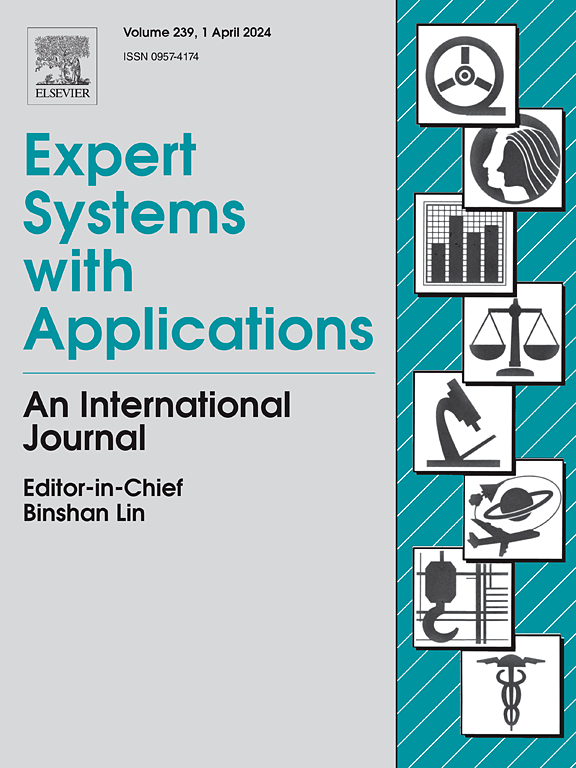Inspired by “Focus, Fusion, Collaboration”: A multi-level ensemble network for automatic pneumonia diagnosis from full slice CT images
IF 7.5
1区 计算机科学
Q1 COMPUTER SCIENCE, ARTIFICIAL INTELLIGENCE
引用次数: 0
Abstract
Pneumonia is an infectious disease that endangers human health. With advancements in science and technology, deep learning-driven techniques have gained prominence in this field. However, their applicability to clinical practice remains limited because they mostly neglect three key points: focus on local lesion regions, multi-level feature fusion, and sequential collaborative decision-making. In this paper, we present a novel multi-level ensemble network for automatic pneumonia diagnosis from full slice CT images, inspired by the “Focus, Fusion, Collaboration” strategy. Our proposed model involves three modules: the global–local feature extraction module is first designed to fully extract the global structure information and local lesion details; subsequently, the multi-level feature fusion module is responsible for integrating the above-mentioned global and local information; finally, the sequential pneumonia prediction module is utilized to learn the contextual relationship between the adjacent slices, thus generating the final diagnosis results. Building upon mimicking the diagnostic behavior from real-world clinical scenarios, our model enables the integration of multiple types of information (including global structure information, local lesion features, and slice dependencies) and sequential pneumonia diagnosis. Extensive comparative experiments are conducted to verify the feasibility and effectiveness of our proposed method. The experimental results show that our model can obtain an accuracy of 91.4% in a four-class pneumonia diagnosis task, outperforming the other classical works.
求助全文
约1分钟内获得全文
求助全文
来源期刊

Expert Systems with Applications
工程技术-工程:电子与电气
CiteScore
13.80
自引率
10.60%
发文量
2045
审稿时长
8.7 months
期刊介绍:
Expert Systems With Applications is an international journal dedicated to the exchange of information on expert and intelligent systems used globally in industry, government, and universities. The journal emphasizes original papers covering the design, development, testing, implementation, and management of these systems, offering practical guidelines. It spans various sectors such as finance, engineering, marketing, law, project management, information management, medicine, and more. The journal also welcomes papers on multi-agent systems, knowledge management, neural networks, knowledge discovery, data mining, and other related areas, excluding applications to military/defense systems.
 求助内容:
求助内容: 应助结果提醒方式:
应助结果提醒方式:


